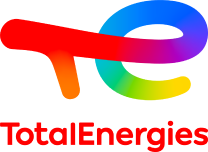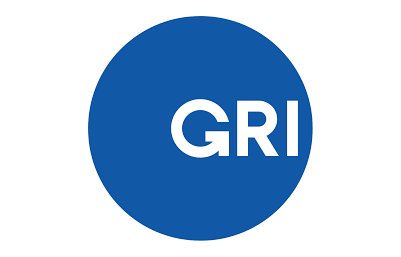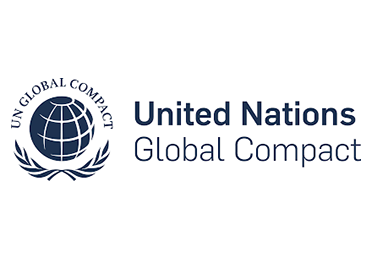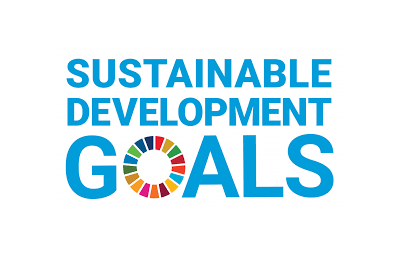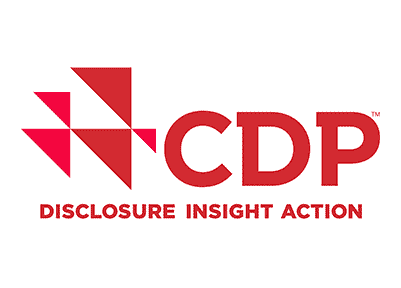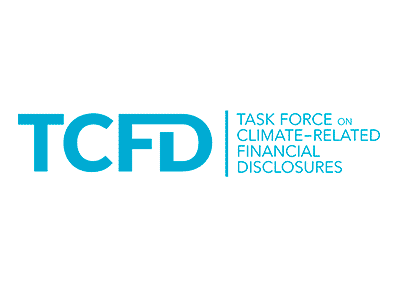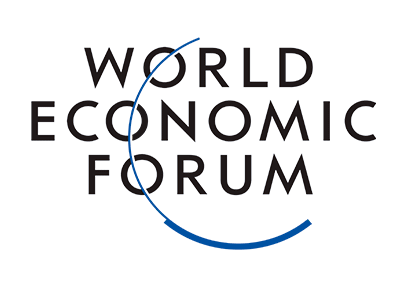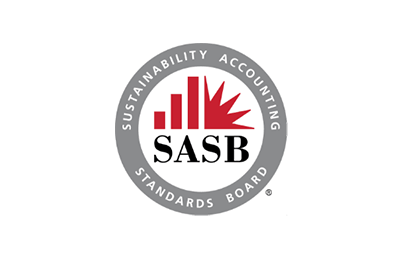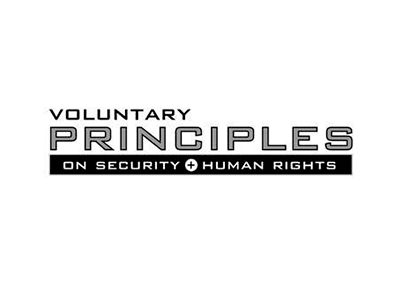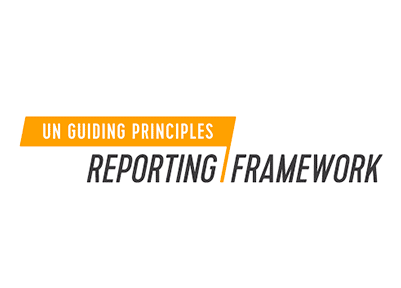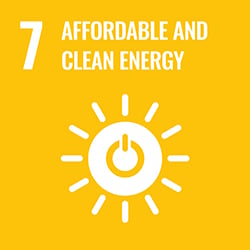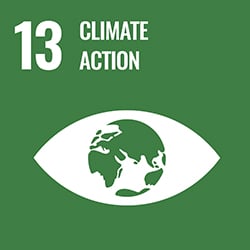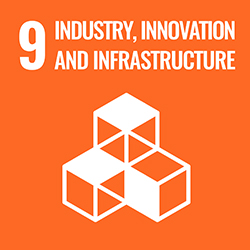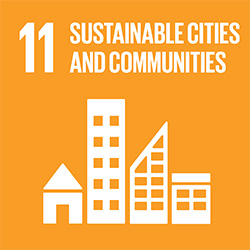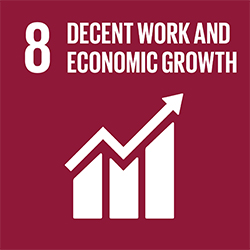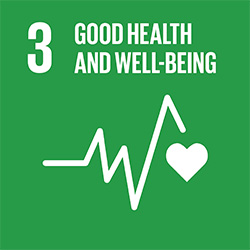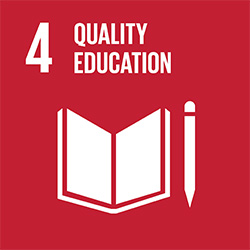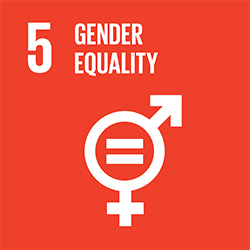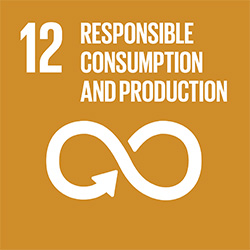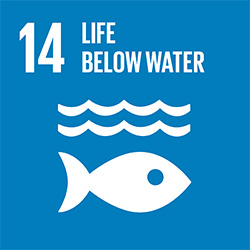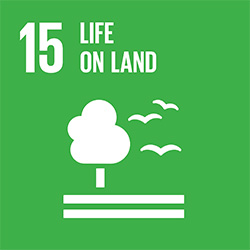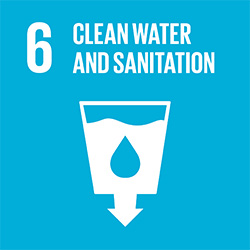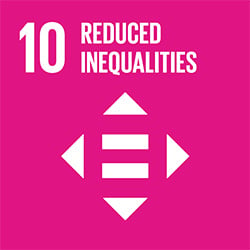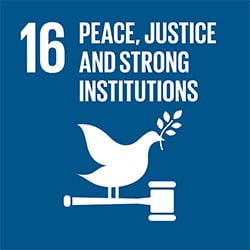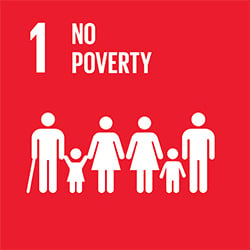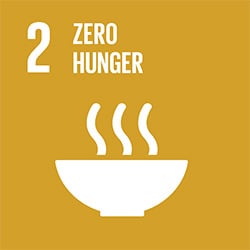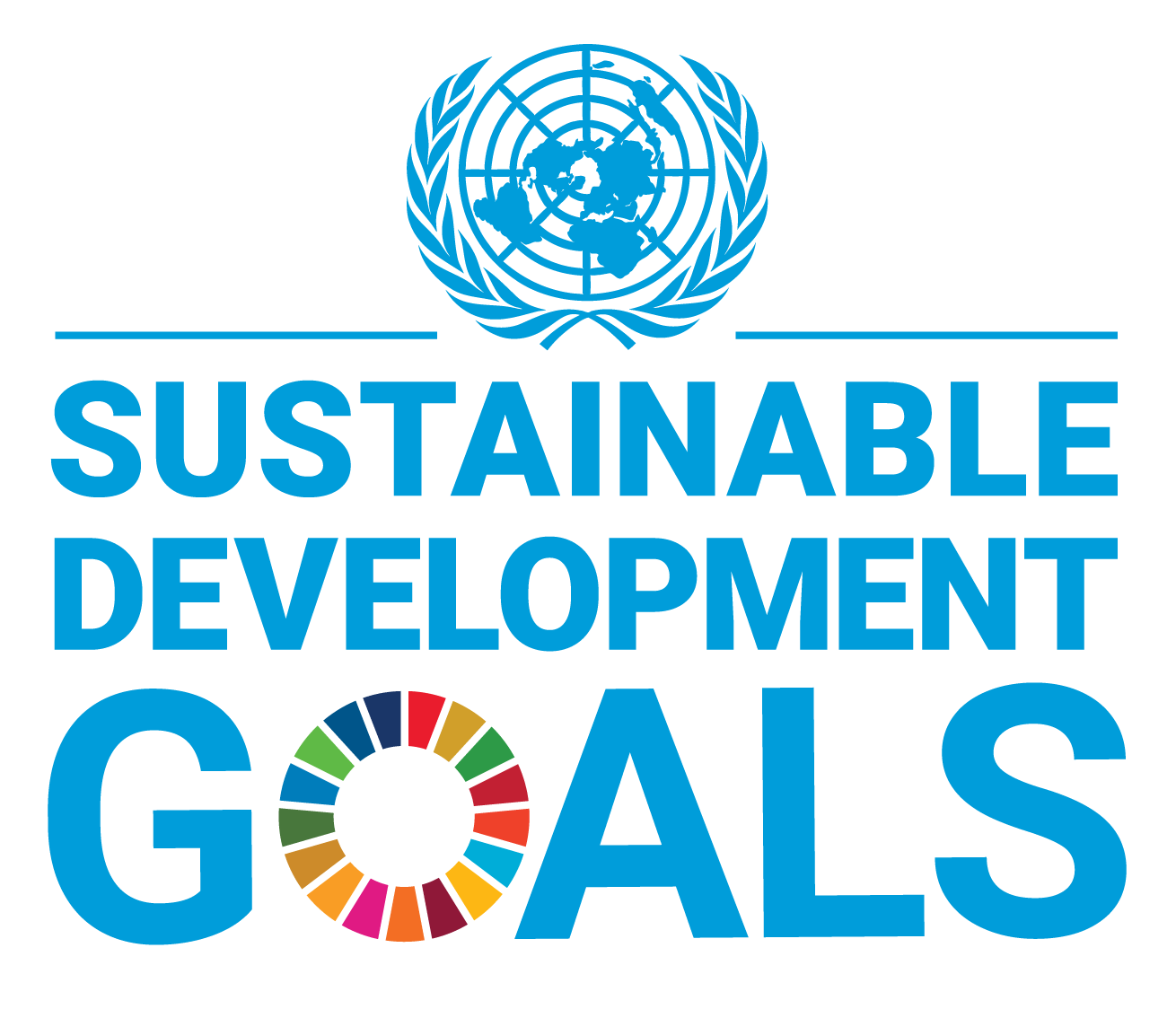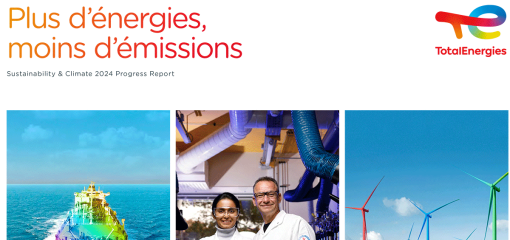Standards de reporting

Standards de reporting
Standards de reporting
TotalEnergies considère la transparence comme un principe d’action pour fournir des informations claires aux investisseurs, au régulateur et, plus largement, au public.
Souhaitant mettre à disposition des indicateurs de performance à l’ensemble de ses parties prenantes, TotalEnergies fournit des informations complémentaires.
Global Reporting Initiative (GRI)
La Global Reporting Initiative (GRI) est une organisation à but non lucratif, indépendante et internationale à laquelle participent des entreprises, des ONG et d'autres parties prenantes. Sa mission est de promouvoir le développement durable. La GRI a été créée en 1997 en partenariat avec le Programme Environnement des Nations Unies (PNUE).
L'organisation a développé des lignes directrices en matière de reporting de développement durable afin de donner aux entreprises un référentiel global leur permettant de rendre compte de leurs performances économiques, environnementales et sociales. Ce reporting est aujourd'hui largement utilisé à travers le monde.
En 2017, TotalEnergies a cessé d'utiliser le référentiel GRI G4 (qui était employé depuis 2014), et a adopté les « GRI Standards » en continuant de rapporter en conformité avec le niveau « Core » (critères essentiels).
En 2021, le GRI a adopté un nouveau cadre auquel TotalEnergies se réfère à compter de 2023 et notamment :
- GRI 1 : Fondation 2021
- GRI 2 : Informations générales 2021
- GRI 3 : Thèmes pertinents 2021
- GRI 11 : Secteur du pétrole et du gaz 2021
La table d’index de TotalEnergies utilise des sources d'information variées toutes produites par la Compagnie : le Document d’enregistrement universel 2022 (ci-après « URD 2022 »), le Sustainability & Climate 2023 Progress Report, le site internet de la Compagnie, etc.
TotalEnergies – Table de référence des standards du GRI
- Période de reporting : 1er janvier - 31 décembre 2022
- Lexique : URD 2022 - Document d’Enregistrement Universel (Universal Registration Document) de TotalEnergies ; Site internet de la Compagnie (TotalEnergies website)
Télécharger notre reporting (en anglais uniquement)
Pacte Mondial
Le Pacte Mondial a été mis en place en 2000 par l’Organisation des Nations Unies suite à une initiative de son secrétaire général invitant les entreprises à prendre une part active au processus de mondialisation.
Il repose sur un cadre d’engagement universel et volontaire qui s’articule autour de « Ten Principles » relatifs au respect des droits humains, aux normes internationales du travail, à l’environnement et à la lutte contre la corruption.
L’engagement de TotalEnergies
La Compagnie adhère au Pacte Mondial depuis 2002, et réitère son adhésion à ses Dix Principes tous les ans. Cette adhésion est par ailleurs inscrite dans le Code de conduite de la Compagnie.
La communication sur le progrès (Communication on Progress) annuelle de la Compagnie est faite au niveau avancé depuis 2012. En 2022, TotalEnergies a participé au « Early Adopter Programme » afin de publier sa nouvelle communication sur le progrès conformément au questionnaire proposé par le Pacte mondial.
TotalEnergies est membre du Global Compact France et les équipes participent activement au Club Droits humains et au Club GC Advanced du Global Compact France.
En 2018, et selon les nouveaux critères définis par le Pacte Mondial, la Compagnie a été retenue parmi les entreprises LEAD en reconnaissance de sa politique de responsabilité sociale, sociétale et environnementale. La Compagnie a été reconduite au statut LEAD en 2019, 2020 et 2021.
Accédez à notre communication sur le progrès 2021-2022
La page TotalEnergies sur le site du Global Compact
Par ailleurs, TotalEnergies participe au sein du Pacte Mondial à des plateformes d’action thématiques :
- La plateforme sur les droits humains dans les chaînes d’approvisionnement
- La plateforme dédiée aux Océans (Sustainable Oceans business)
- La plateforme SDG 16 Paix justice et institutions efficaces
Les Dix Principes
La réponse apportée par la Compagnie aux enjeux de développement durable
Objectifs de développement durable
Les Nations Unies et ses États membres ont adopté en 2015 les 17 Objectifs de développement durable (ODD) qui forgent un cadre de référence à 2030 pour répondre aux défis globaux de la pauvreté, de la protection de la planète, de paix et de prospérité. Par leurs moyens financiers et capacité d’innovation, les entreprises sont appelées à contribuer à cet agenda pour résoudre collectivement les enjeux du développement durable.
La Compagnie s’est engagée dès 2016 à participer à la réalisation des ODD et a structuré sa démarche de développement durable afin d’apporter une contribution la plus significative à cet effort collectif.
Reporting ODD : l’approche de TotalEnergies
TotalEnergies inscrit le développement durable dans toutes ses dimensions au cœur de sa stratégie, de ses projets et de ses opérations pour contribuer au bien-être des populations de la planète et veut être une référence en matière d’engagement pour les Objectifs de développement durable (ODD). Soucieuse de renforcer ses efforts sur les segments sur lesquels elle est le plus légitime en tant que Compagnie multi-énergies, TotalEnergies associe ses collaborateurs dans l’identification des ODD sur lesquels elle peut avoir le plus d’impact en lien avec son ambition d’atteindre la neutralité carbone (zéro émission nette) à l’horizon 2050, ensemble avec la société. Par ailleurs, TotalEnergies entend mener ses activités dans le respect de l’environnement et des droits humains, tout en créant de la valeur pour les territoires et les communautés avec lesquels elle interagit.
La Compagnie a ainsi construit sa démarche RSE autour de quatre axes d’action et a identifié trois niveaux d’impact :
- Principales contributions liées à la mission de la Compagnie : ODD 7 - 8 - 9 - 13
- Contributions directes liées à l’approche responsable du business de la Compagnie : ODD 3 - 4 - 5 - 10 - 12 - 14 - 15 - 16
- Contributions indirectes liées à l’approche responsable du business de la Compagnie : ODD 1 - 2 - 6 - 11
De plus, du fait de sa transversalité, l’ODD 17 est considéré comme un levier permettant à la Compagnie de mettre en œuvre sa stratégie RSE.
Bien que les ODD soient interconnectés et répondent à différents enjeux pris en compte par la Compagnie, chacun d’entre eux a été intégré à l’un des 4 axes de notre stratégie de développement durable.
En tant que membre de la plateforme d’action du Pacte Mondial sur le reporting ODD, la Compagnie s’est basée sur le document « Analysis of the Goals and Targets » publié depuis 2017 pour construire son tableau de correspondance disponible ci-dessous (en anglais uniquement).
Actualités
TotalEnergies – Table de référence des ODD
- Période de reporting : 2021-2022
- Lexique :
- URD 2021 – Document d’Enregistrement Universel (Universal Registration Document) de TotalEnergies
- Sustainability & Climate 2022 Progress Report
- TotalEnergies website – pages du présent site
CDP
Le CDP (qui s'appelait Carbon Disclosure Project jusqu'à la fin 2012) est une organisation à but non lucratif visant à étudier l'impact des principales entreprises mondiales cotées en bourse sur le changement climatique. Le CDP dispose d'un secrétariat permanent basé à Londres et comprend une cinquantaine de personnes.
Le CDP effectue depuis 2002 une campagne annuelle pour recueillir des informations sur les émissions de gaz à effet de serre (GES) des entreprises, des villes, des régions et des états. Ce questionnaire (plus d'une centaine de questions) comporte depuis 2010 un module spécifique Oil & Gas.
La compagnie TotalEnergies répond depuis 2003 à la campagne annuelle du CDP sur le changement climatique. Ses réponses sont publiées sur le site du CDP.
En 2022, TotalEnergies a obtenu la note A- au CDP sur le changement climatique, ce qui la place dans la catégorie Leadership, c'est-à-dire parmi les meilleures entreprises de son secteur (« implementing current best practices »). La Compagnie a obtenu la note B au CDP Water Security.
TCFD
En juin 2017, la TCFD (Task force on Climate-related Financial Disclosures) du Conseil de stabilité financière du G20 a publié ses recommandations finales en matière d'informations relatives au climat à communiquer par les entreprises. Ces recommandations comprennent des précisions additionnelles pour certains secteurs comme celui de l'énergie.
TotalEnergies a publiquement apporté son soutien à la TCFD et à ses recommandations et les met en œuvre depuis son rapport annuel 2017.
TotalEnergies a poursuivi le dialogue en participant au TCFD Oil & Gas Preparer Forum, qui a publié, en juillet 2018, des bonnes pratiques en matière de divulgation des informations relatives au climat et de la mise en œuvre des recommandations de la TCFD par les quatre sociétés membres du forum (Eni, Equinor, Shell et TotalEnergies) avec le soutien du World Business Council on Sustainable Development.
En 2019, TotalEnergies a également participé à la première task force mise en place par le Reporting Lab de l'EFRAG (European Financial Reporting Advisory Group) sur les climate-related disclosures, dont l'objectif est l'identification des meilleures pratiques en la matière. Cette task force a publié le résultat de ses travaux en février 2020.
En application des dernières recommandations de la TCFD publiées en octobre 2021 (Guidance on Metrics, Targets and Transition Plan), une série d'indicateurs et d'objectifs propres aux risques climatiques est par ailleurs en cours d'étude afin de faciliter la réconciliation avec les données de performance financière.
Dans le cadre de sa déclaration de performance extra-financière 2021, TotalEnergies a appliqué les recommandations de la TCFD pour présenter ses enjeux climat.
Télécharger la table de correspondance TCFD 2021 de TotalEnergies
World Economic Forum
En 2017, les P-DG du World Economic Forum / International Business Council (WEF/IBC) ont publié le « Compact for Responsive and Responsible Leadership », signé par plus de 140 P-DG. Ce document souligne que « la société est mieux servie par des entreprises qui ont aligné leurs objectifs sur ceux de la société civile à long‑terme ». Il identifie les Objectifs du développement durable des Nations Unies (ODD) comme cadre de référence pour cet alignement.
En 2019, le WEF/IBC a lancé un chantier afin de déterminer comment ses membres pourraient mesurer et publier sur une base cohérente et comparable les aspects significatifs et pertinents de leur performance environnementale, sociale et de gouvernance ainsi que leur contribution aux progrès des ODD.
En janvier 2020, le WEF/IBC a publié un livre blanc intitulé « Toward Common Metrics and Consistent Reporting of Sustainable Value Creation » avec une première proposition d’indicateurs communs ESG que les membres de l’IBC pourraient utiliser pour aligner leur reporting annuel, comprenant un socle d’indicateurs de base et des indicateurs recommandés. Ce document répertoriait des indicateurs déjà bien établis, en s’appuyant sur le travail détaillé et rigoureux effectué par des cadres et standards de reporting existants.
Après une période de dialogue entre le WEF/IBC et les sociétés au cours du printemps et de l’été 2020, un document intitulé « Measuring Stakeholder Capitalism - Towards common metrics and consistent reporting » a été publié en septembre 2020, qui comprend 21 indicateurs ESG « core » et 34 indicateurs « expanded », répartis en 4 piliers : Gouvernance, Planète, Personnes et Prospérité.
TotalEnergies soutient l’initiative du World Economic Forum de proposer des indicateurs ESG communs pour toutes les entreprises et a commencé à publier les indicateurs ESG « core » proposés par le WEF/IBC dans son rapport annuel 2020.
Reporting 2022 de TotalEnergies selon les indicateurs ESG Core proposés par le WEF/IBC
SASB
SASB (Sustainability Accounting Standards Board) a été lancé en 2011 comme une entité de normalisation indépendante qui définit des standards de reporting en matière de développement durable, par secteur industriel, et matériels pour les investisseurs (c'est-à-dire des thématiques raisonnablement susceptibles d'avoir un impact matériel sur la performance financière).
SASB a développé un ensemble complet de 77 standards par secteur industriel qui ont été publiés en novembre 2018. Ils identifient un ensemble minimal de thématiques de développement durable, ainsi que leurs indicateurs associés, qu'une entreprise caractéristique d'un secteur industriel devrait publier du fait de sa matérialité.
TotalEnergies a adopté les standards SASB en 2020, en mettant en œuvre le standard « SASB Oil & Gas Exploration & Production ».
Le document suivant constitue la dernière mise à jour du reporting de TotalEnergies.
Reporting de TotalEnergies selon le standard SASB Oil & Gas Exploration & Production
VPSHR
Les Principes Volontaires sur la Sûreté et les Droits de l'Homme (Voluntary Principles on Security and Human Rights – VPSHR) sont un ensemble de principes non contraignants négociés par des gouvernements, des entreprises du secteur des énergies ainsi que des organisations non-gouvernementales (ONG) et portés par l'Initiative des VPSHR.
L'initiative des VPSHR a été créée en 2000 pour relever les défis auxquels sont confrontées les entreprises dans le maintien de la sûreté de leurs opérations dans un cadre opérationnel qui s'assure du respect et de la promotion des droits humains et des libertés fondamentales. Composée de gouvernements, d'ONG internationales et d'entreprises du secteur des énergies, l'Initiative des VPSHR permet aux membres de renforcer leur capacité à faire face aux enjeux en matière de droits humains et de sûreté dans leurs opérations à travers le monde.
En tant que membre officiel de l'initiative des VPSHR depuis 2012, TotalEnergies publie un rapport annuel qui expose les défis, les enseignements et les bonnes pratiques dans la mise en œuvre des VPSHR. Pour la Compagnie, le respect des normes internationalement reconnues en matière de droits humains dans le cadre de ses opérations de sûreté est une priorité.
Accès aux rapports VPSHR annuels de TotalEnergies (en anglais uniquement)
Droits humains - UNGP
Présent dans près de 130 pays, TotalEnergies s’engage à respecter les Droits humains internationalement reconnus partout où la Compagnie exerce ses activités.
En juillet 2016, TotalEnergies a publié un Document d’information consacré aux Droits humains devenant la première compagnie pétrolière et gazière à répondre au Cadre de Reporting conforme aux Principes Directeurs des Nations Unies relatifs aux entreprises et aux Droits de l’Homme de février 2015. La Compagnie a ainsi identifié ses risques saillants d’atteinte aux Droits humains et a exposé la façon dont elle y répond.
Mis à jour en 2024, le Document d’information sur les Droits de l’Homme présente de manière détaillée l’approche de la Compagnie, ses engagements et ses actions en matière de Droits humains, partout où elle opère, sur la période 2018-2023.
Télécharger le Document d'information - Droits de l'Homme 2024 (en anglais uniquement, pdf – 16 Mo)
Consulter la version 2018 du Document d’information – Droits de l’Homme (pdf - 2,72 Mo)
